In today’s digital-first world, a well-designed website is more than just a virtual storefront—it’s the cornerstone of an organization’s online presence. A thoughtfully designed website can establish credibility, foster trust, and leave a lasting impression on visitors. Ultimately, it drives conversions and helps businesses achieve their goals in the online realm.
Master the Foundations of Web Design
If you want your website to stand out and deliver exceptional user experiences, here are some foundational web design principles to follow:
1. Make It About the Users 👥
Users form opinions about your website within seconds. To make a positive impression, focus on designing captivating and informative interfaces. Prioritize user needs, understand their pain points, and create designs that resonate with them. A user-centric approach ensures higher engagement and satisfaction.
2. Follow the Patterns
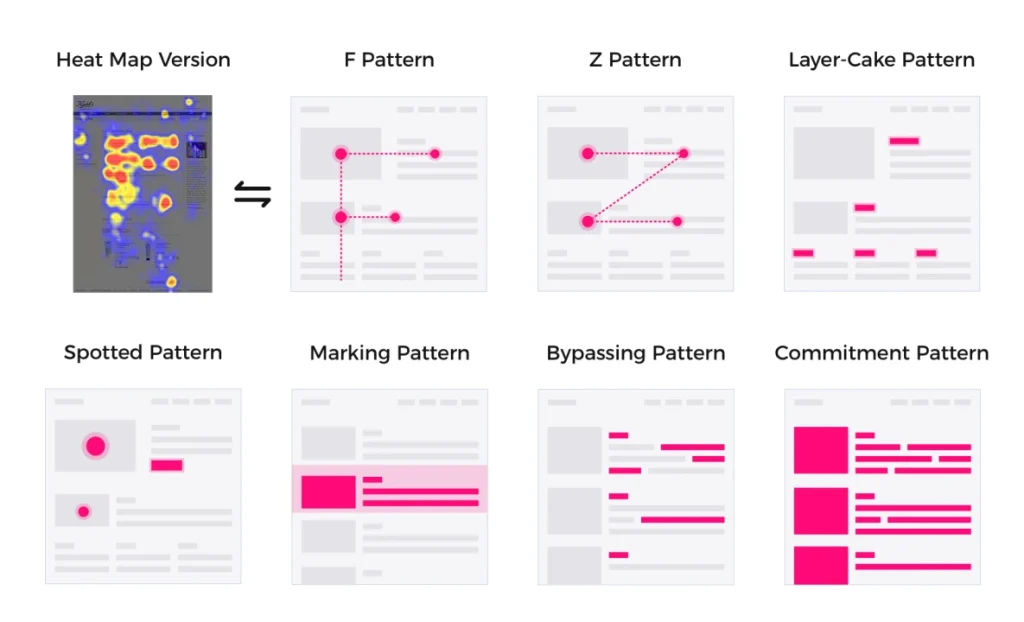
Different patterns describe how users scan content on the web. The F-shape pattern is probably the best-known one by Nemanja Banjanin.
Humans are creatures of habit, and web users are no different. Design patterns provide anchor points that enhance the reading and browsing experience. By aligning your website’s structure with familiar patterns, you can make it intuitive and easy to navigate. Consistency in design patterns reduces cognitive effort and helps users focus on content.
3. The F-Pattern

The F-pattern reflects how users typically scan a webpage. They start at the top left, move horizontally across the page, and then scan vertically down the left side, occasionally making shorter horizontal movements. To optimize for the F-pattern:
- Place the most essential content along the top and left edges of the page.
- Use headings and bullet points to break up text and guide the eye.
- Prioritize key information in these scanning zones.
4. The Z-Pattern
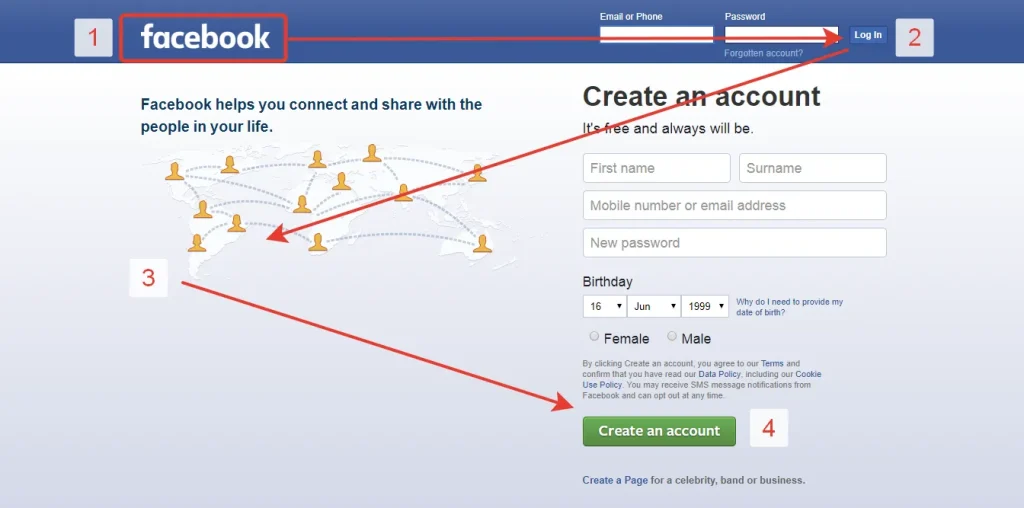
Unlike the F-pattern, the Z-pattern is more suited to simpler designs like landing pages. Users start at the top left, move horizontally across the page, then diagonally down to the bottom left, and finally across to the bottom right. To leverage the Z-pattern:
- Position the brand logo at the top left.
- Place the primary call-to-action (CTA) in the bottom right.
- Use the diagonal path to guide users through the narrative of your page.
5. Simplicity
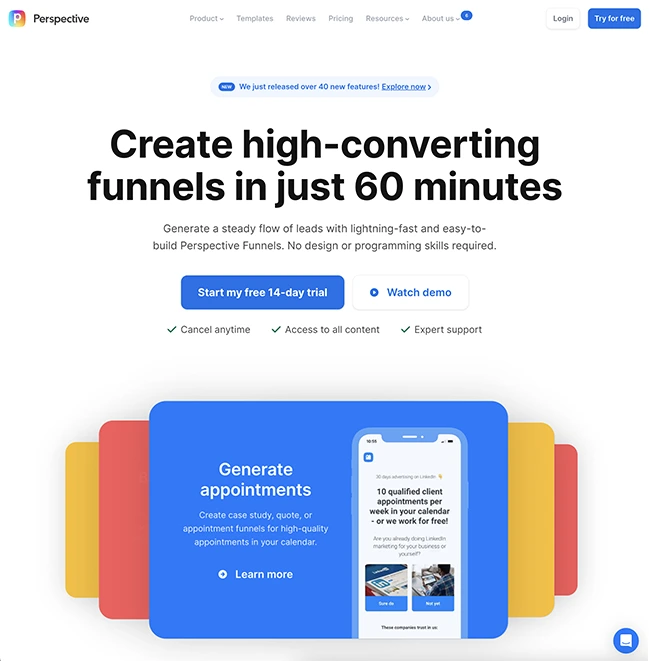
A cluttered website overwhelms users and increases cognitive load, leading to frustration and abandonment. Simplicity is key to effective design. Streamline your objectives with clear navigation, concise content, and a clean layout. Ensure each element serves a purpose and contributes to the user’s journey.
6. Consistency
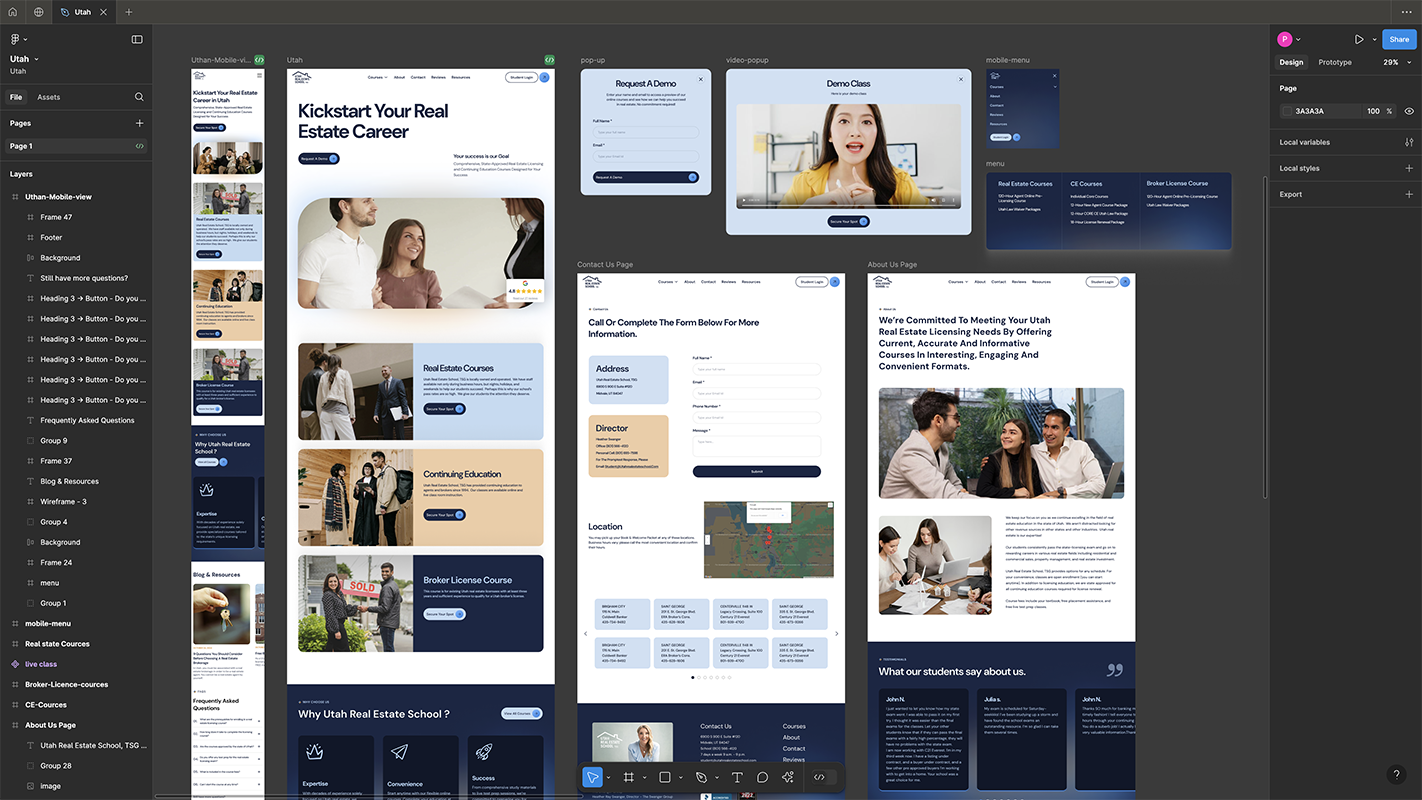
Consistency is the glue that holds your design together. Uniformity in layout, typography, color schemes, and spacing across all pages creates a cohesive experience. Consistent design patterns and visual elements build familiarity and trust with users. Ensure that:
- Navigation remains consistent across pages.
- Fonts and colors align with your brand guidelines.
- Spacing and alignment follow a predictable pattern.
7. Readability
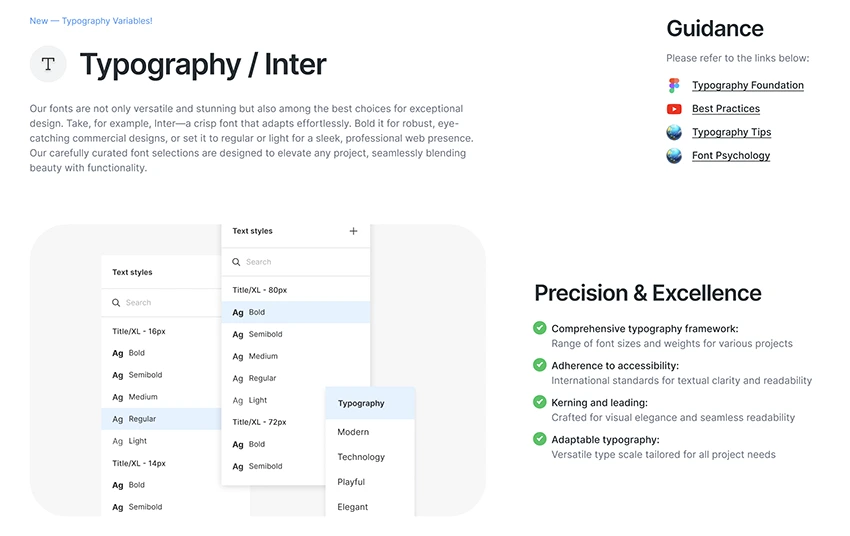
Typography plays a pivotal role in readability and user experience. To make your content easy to read:
- Use clear, legible fonts and limit yourself to two typefaces.
- Ensure sufficient contrast between text and background.
- Break up content into smaller sections with headings, subheadings, and bullet points.
8. Mobile-First Design
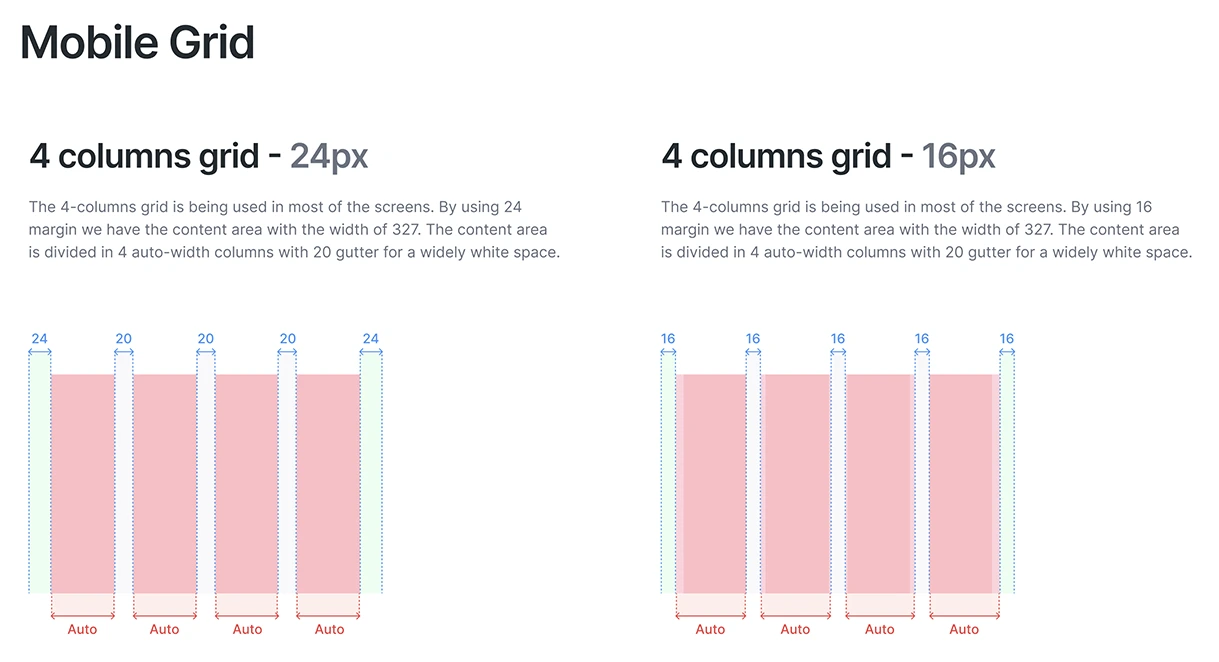
With most web traffic coming from mobile devices, adopting a mobile-first design approach is crucial. Design for smaller screens first and scale up for larger screens. Key tips include:
- Use responsive layouts to ensure content adjusts seamlessly.
- Optimize images and assets for faster loading times.
- Ensure touch-friendly navigation with adequately sized buttons and links.
9. Fast Loading Speeds
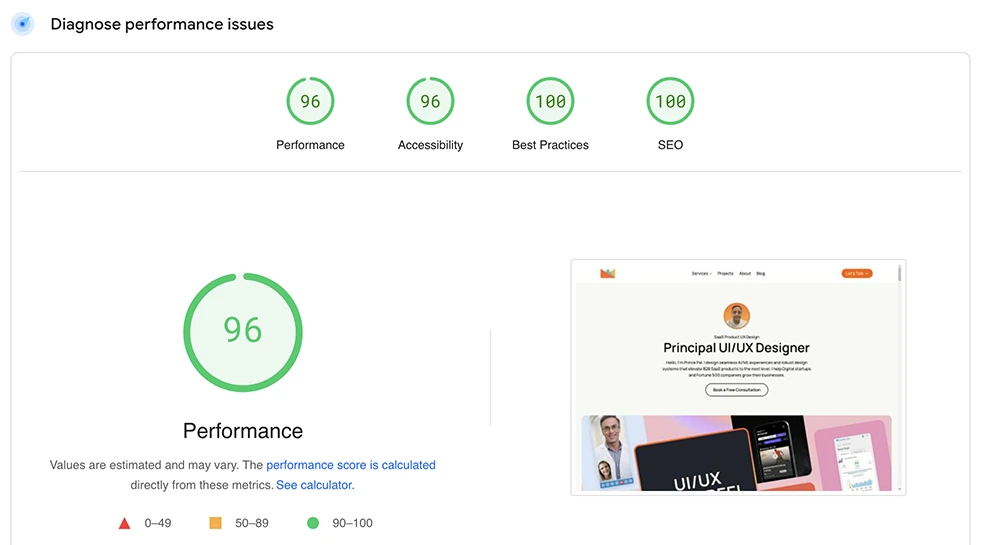
A slow-loading website can frustrate users and increase bounce rates. Optimize your site’s performance by:
- Compressing images and media files.
- Leveraging browser caching and content delivery networks (CDNs).
- Minimizing CSS, JavaScript, and HTML files.
10. Accessibility
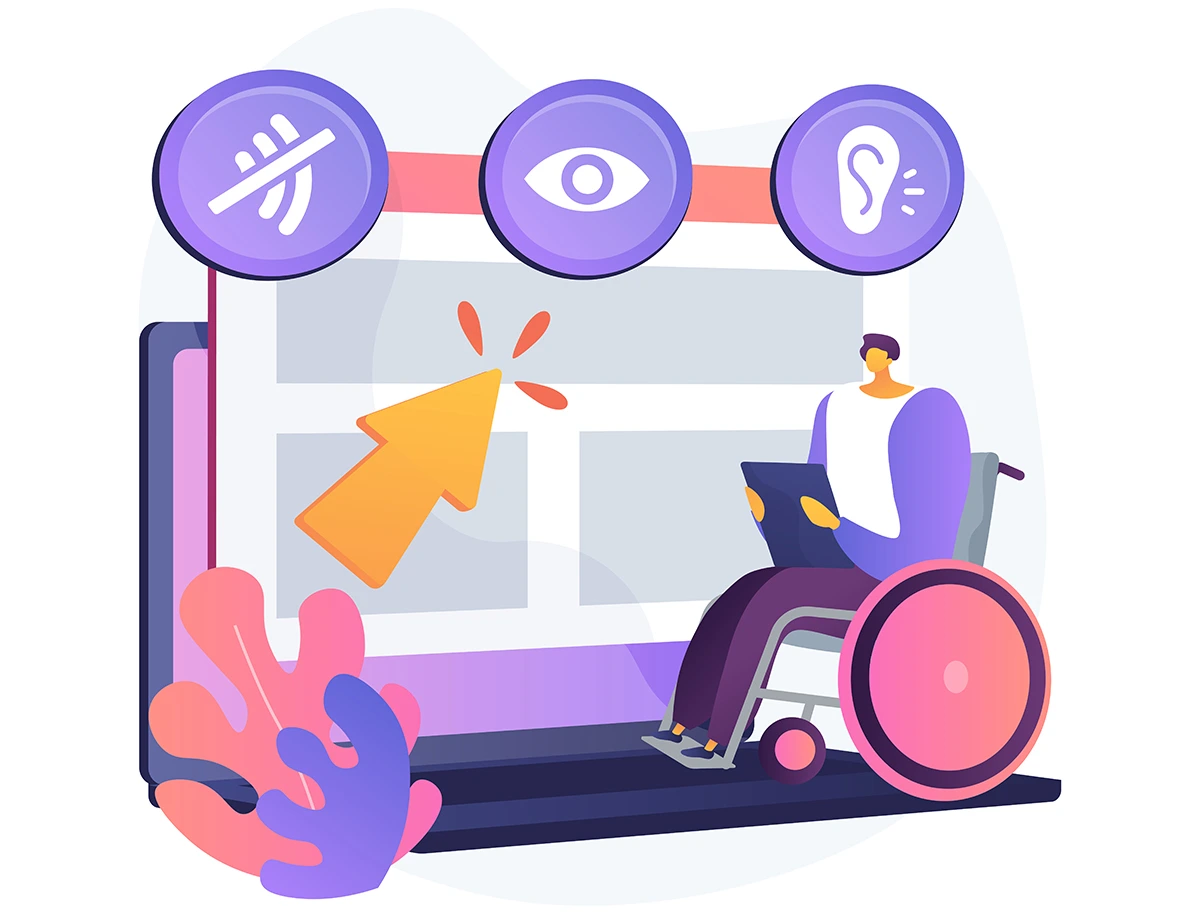
Inclusive design ensures that your website is usable by as many people as possible, including those with disabilities. To improve accessibility:
- Add alternative text (alt text) to images.
- Ensure your website is navigable with a keyboard.
- Use ARIA roles and landmarks for assistive technologies.
- Provide captions for videos and audio content.
11. Engaging Visuals
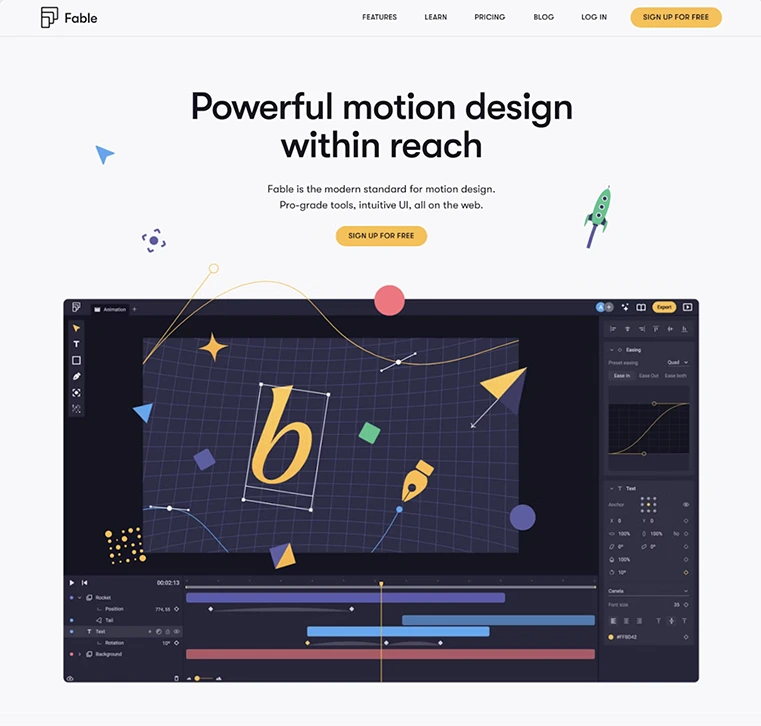
Visual elements can captivate users and guide their attention. Use high-quality images, videos, and illustrations strategically. However, avoid overloading pages with visuals that may distract or slow loading times.
12. Effective Call-to-Actions (CTAs)
CTAs drive user actions and conversions. Make them clear, compelling, and visually distinct. Use action-oriented language (e.g., “Get Started” or “Learn More”) and position them strategically where users are most likely to engage.
SaaS Website Design and Product UI/UX Design Services
For over 12 years, I have delivered SaaS UI/UX product design solutions to businesses in diverse industries, including healthcare, food, logistics, fintech, and AI.
My approach is to create intuitive, scalable, visually appealing designs that drive user engagement and business growth.
Whether crafting seamless user interfaces for SaaS platforms or designing robust websites, my focus remains aligning user needs with business goals to create impactful digital experiences.
Conclusion
Mastering the foundations of web design is essential for creating websites that captivate users and drive results. By focusing on user needs, leveraging proven design patterns, and emphasizing simplicity, consistency, and readability, you can craft websites that stand out in the competitive online landscape. Additionally, adopting mobile-first principles, ensuring fast loading speeds, and prioritizing accessibility enhance user experience. Remember, a well-designed website is not just visually appealing—it’s a powerful tool for achieving your organization’s goals.
